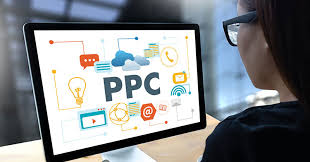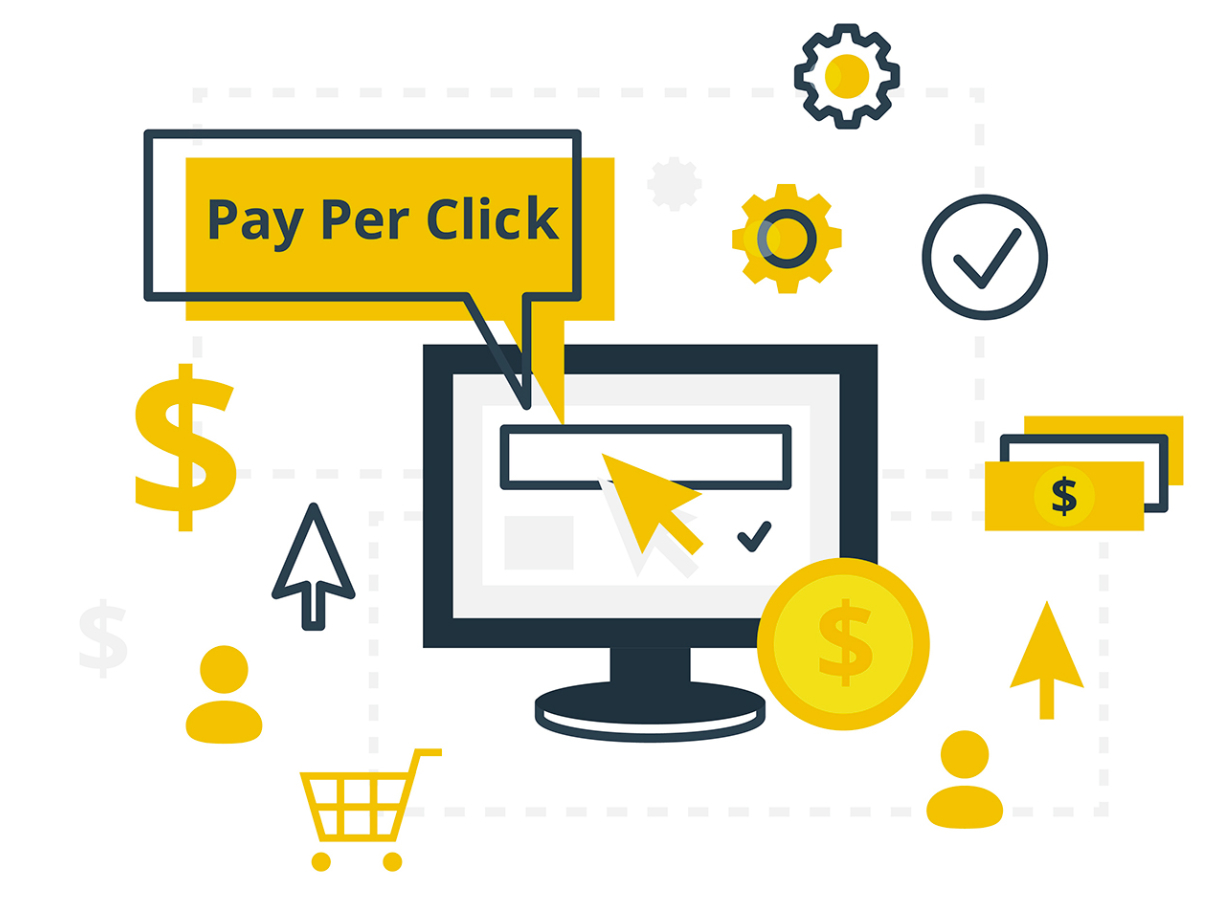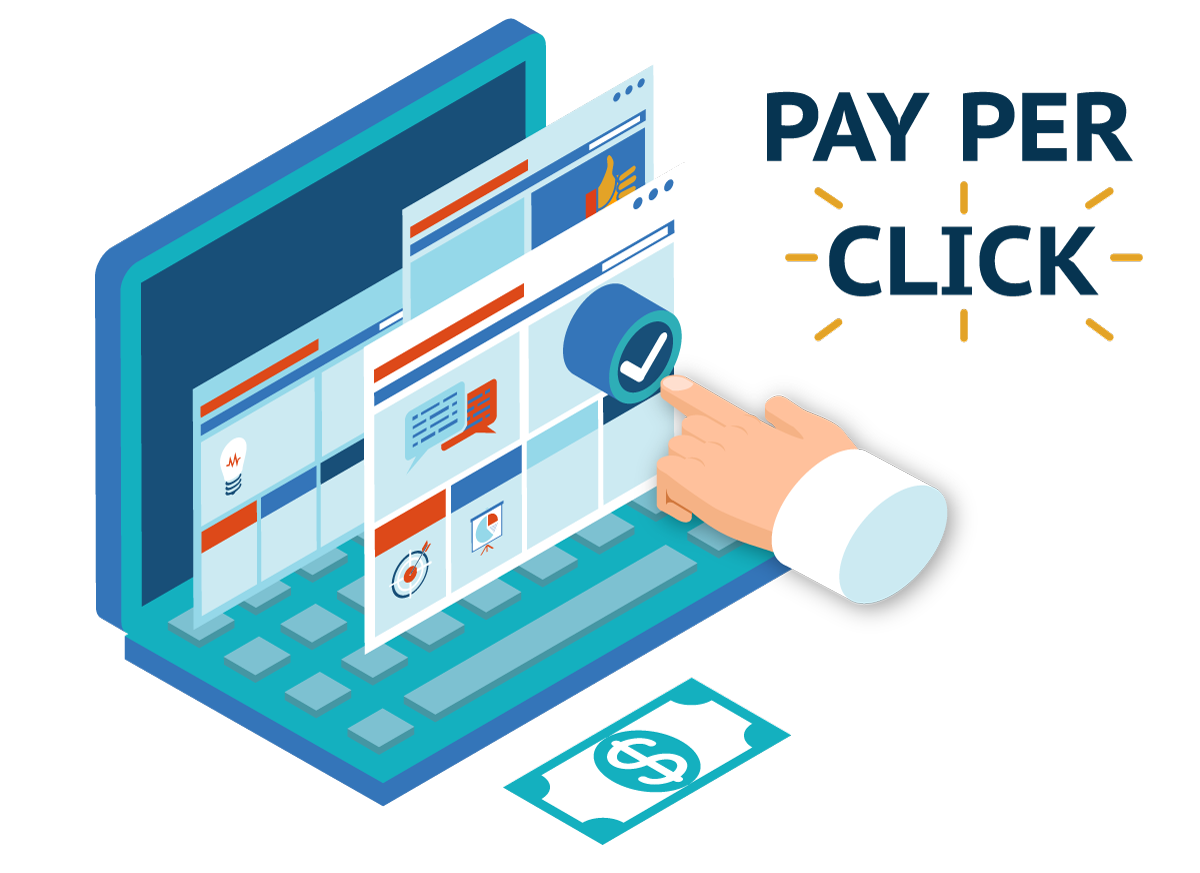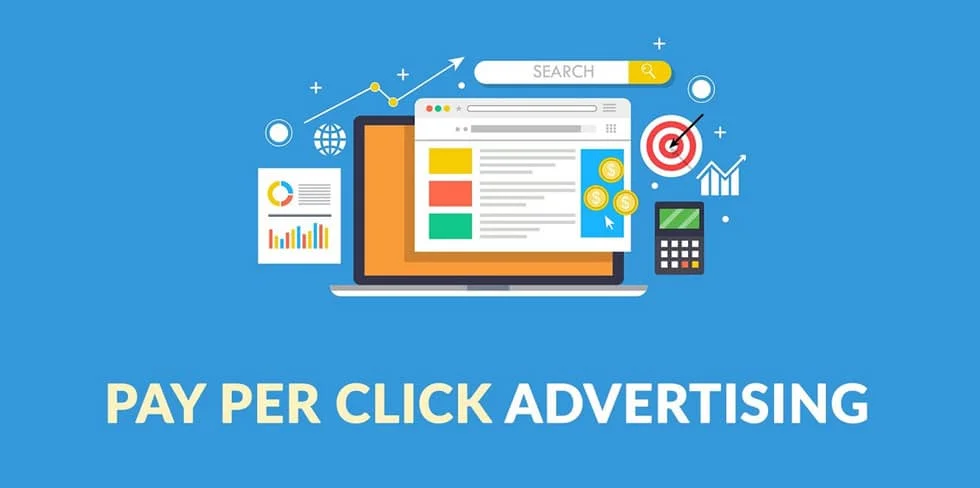Hello!
Once upon a time, pay-per-click advertising (PPC Ads) dominated search engines and drove sales to companies that were the first in their industries to use it. It was the preferred method of marketers to sell products and services since it was very literal, in-your-face, and attention-grabbing.
Now, however, it’s a different story. Inbound marketing and the soft sell approach have gained popularity along with its paid counterpart. The competition in cyberspace is also increasing every second, and with over 1.7 billion websites running, it’s taking some pretty creative tactics to make sure your brand stands out.
Why Use PPC Advertising?
1. Master what you can do with PPC automation
PPC automation is one of the biggest trends of the year, not only for marketing. It works with the use of artificial intelligence (AI) and machine learning to eliminate labor-intensive tasks on PPC ads platforms.
Automation is not new, but not a lot of marketers know how to use it to its maximum potential. Doing so can free up their time and allow them to focus on other tasks that can give way to developing new campaigns.
 These are some of the things PPC experts are expected to navigate with this technology:
These are some of the things PPC experts are expected to navigate with this technology:
- Identify and calculate the best bidding strategy for all campaign goals
- Achieve the target cost per acquisition (CPA) by setting bids to ads for highest conversions
- Maximize cost per click (CPC) expense by studying ad auctions that can generate conversions
- Pause low-performing ads and ramp up efforts on best-performing ones
- Find and fix ad performance issues
- Create ads based on previously analyzed user behavior and existing site content
- Access readily available ad performance reports
Being aware of these can help you manage your costs effectively and utilize all the features of automated PPC platforms today. You will have no choice but to adapt, as marketing automation is expected to take over the digital marketing industry. With this, it’s critical to keep up with the times.
2. Create compelling and specific landing pages
Landing pages are an integral part of almost any PPC strategy. This is no secret, but it’s surprising to know that many marketers still opt to redirect their customers to their homepage or some arbitrary category page on their website. This needs to stop!
 Landing pages are proven to increase conversions for as much as 55%. It’s used to continue the story that your PPC ads started to tell and seals the success in getting your target buyer’s interest in your product. If your customer clicks on something relevant to them, they’ll no doubt convert.
Landing pages are proven to increase conversions for as much as 55%. It’s used to continue the story that your PPC ads started to tell and seals the success in getting your target buyer’s interest in your product. If your customer clicks on something relevant to them, they’ll no doubt convert.
Don’t make the mistake of just bringing your customers to your homepage. They wouldn’t know what to do there, and it lacks the continuity they are expecting when they clicked your ad. Instead, tell them what to do—they’ll appreciate it more!
Have a sign-up form ready, include more details about your products, place an add-to-cart button, and the like. Make sure you’re only highlighting the specific product or products they saw on the ad as not to confuse them. If you have other things to promote, you can use a different landing page for that. Be specific with the intent of your campaigns and landing pages alike.
Creating PPC landing pages for conversions work—use it to your advantage to stop burning your PPC budget, and don’t be part of the tribe of marketers who don’t.
3. Start using video ads on your PPC campaigns
Video content is one of the primary formats of media that people consume daily. It’s fun, fast, and entertaining—much more eye-catching than your typical static ad with engaging copy plastered on the front. Besides, people remember up to 95% of a message from a video compared to just reading a simple text.
As such, you need to be able to adapt to this trend. Besides animated explainer videos on social media, you can try experimenting with Google’s vertical video ads and the recent introduction of the Bumper Machine.
It allows you to turn 90-second videos into six-second bumper ads on YouTube, where a lot of people consume their video content.
You can also add videos on your landing pages to sell the information more. But, beware: having videos won’t necessarily make you automatically great. You have to take into account the timing, editing, and messaging. Are you getting your point across? Otherwise, the video may end up being an element that slows down your landing page if not optimized properly. Make sure it’s catchy but meaningful.
4. Explore all PPC platforms
When people think of PPC ads, their minds immediately gravitate towards Google Ads and Facebook Ads. While they’re not wrong, it would be ignorant of a marketer to stop there.
 Day by day, different platforms are coming up with ways to help brands advertise their products on their site. Whether it’s a search engine, social media platform, or top-performing eCommerce site, you have to have all of your bases covered.
Day by day, different platforms are coming up with ways to help brands advertise their products on their site. Whether it’s a search engine, social media platform, or top-performing eCommerce site, you have to have all of your bases covered.
For instance, Amazon has Amazon Paid Ads that are displayed on an off the eCommerce site, which reaches a broad, often global audience. You have to note that Amazon Paid Ads has the edge over Google and Facebook over the fact that it’s an eCommerce platform. People visit this site with the intent to buy something.
When you hop on Google or Facebook, you’re most likely still canvassing your options, or maybe you’re not ready to buy yet in the first place. Learn how to navigate Amazon Paid Ads and see how it can work for your brand.
Then, there’s also Quora Paid Ads and Reddit—forum-type platforms where users turn to other users for advice or discussion about a particular product. Consider exploring these channels as well, and see if you can incorporate them into your PPC strategy for a broader reach.
5. Adapt to voice search-friendly copy
Creating ad campaigns that target users who do voice search is an integral step into diversifying your reach. If you don’t, you’ll miss out on being featured on voice search results. This means testing out campaigns that are tailor-fit to the devices and language of voice searchers, such as:
• Remembering that most people who use voice search do it on their mobile phones
• Having long-tail keywords to capture the conversational style that users tend to use when making voice search queries
• Phrasing keywords into questions to achieve the same language of voice search users
Don't create PPC campaigns blindly or you will waste money. You may use PPC guides, video tutorials and more to learn how to create successful campaigns.
With that, you need to create a comprehensive study as to how you can incorporate not just focus keywords but long-tail keywords in your ad copy, landing page, and overall site content. Since they are mostly in question format, voice search queries start with the 5Ws and 1H (who, what, where, when, why, and how).
You may also want to investigate top voice search keywords that begin with voice assistant commands, such as:
- Ok, Google
- Hey Siri
- Alexa
- Where do I
After creating a master list of your new and improved keywords, it’s time to A/B test and check where the clicks and traffic source of your ads optimized for voice search are from. Monitor your stats and keep tweaking them to know if it’s working.
Also read:
- 6 Reasons You Should Take Internet Marketing more Seriously
- A Step-By-Step Guide To Setup Your Business in the Philippines
- Is Architecture a Field Worth Going Into?
Going beyond PPC Ads
Regardless of what kind of digital marketing strategy you’re focusing on, it helps to check out new trends and updated tactics, so you can continue to excel in this tech-driven world.
Brands are now faced with competitive rivals who have access to the same information they do. It’s a matter of being the first to apply what you’ve learned and streamlining your processes, so you don’t get lost in the sea of ad campaigns online.
Thank you!
Subscribe to our newsletter! Join us on social networks!
See you!






